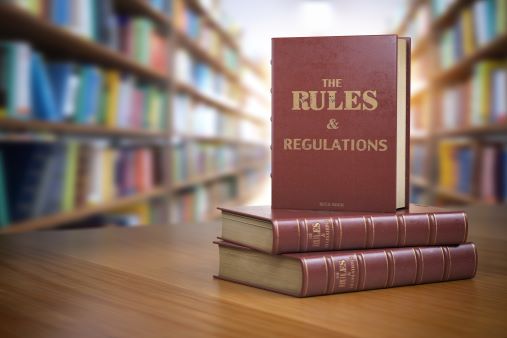Starbucks made national news earlier this month when two black men were arrested after refusing to leave a store. News accounts reported that a store manager called 911 after the men remained in the store and asked to use the restroom but had not yet made a purchase.
The fallout from this event was notable to say the least: protests, calls for boycotts, and even an apology from the CEO. The incident further has sparked a discussion on implicit bias, especially after the national restaurant chain announced that it would close thousands of stores for an afternoon to conduct companywide bias training for its employees. The looming question for employers is what, if anything, should we be doing to make sure this doesn’t happen to us?
The first thing to do is pause and take a breath. The process of avoiding liability stemming from bias is actually not unlike other anti-discrimination initiatives. While not intended to be an exhaustive list, these suggestions should sound familiar: 1) train managers well, 2) instill rules for handling common issues, and 3) take complaints seriously. With Starbucks’ announcement to roll out implicit bias training, other employers might be wondering, should we be doing that? First, not all employers are positioned to call in every major civil rights organization to lead anti-bias training (like Starbucks is doing). Nonetheless, new employee and management training can still be crafted to effectively promote an anti-bias, anti-discrimination workplace.
Consider the location and the employee population – some report that the location of the Starbucks store was in a gentrified neighborhood where racial tensions exist. Should targeted training be implemented in these areas? Also, consider the type of work the employees perform and whether it requires much public interaction, such as retail or customer service. Factors such as these may help identify where anti-bias training can be most effective. Also, what about the concept of prescribed rules? One aspect complicating the Starbucks story was the absence of a corporate policy for handling restroom use, responding to potential trespassers, etc.
If your employees encounter situations where implicit bias could creep in to impact their decisions, does it make sense to adopt a rule explaining how to handle those situations? And of course, the one piece of advice we all know well – take complaints seriously (including complaints from customers)!
While employers don’t always receive a complaint prior to finding themselves in a sticky issue, employee and customer complaints can signal the need for preventative action. Employers can’t know every potential bias-based issue (indeed, it’s not called “explicit bias”), but these issues grow much worse when a complaint existed but was overlooked or ignored.













